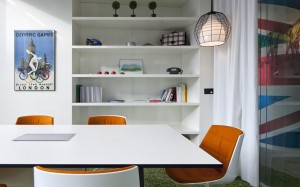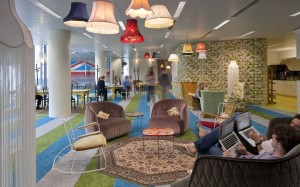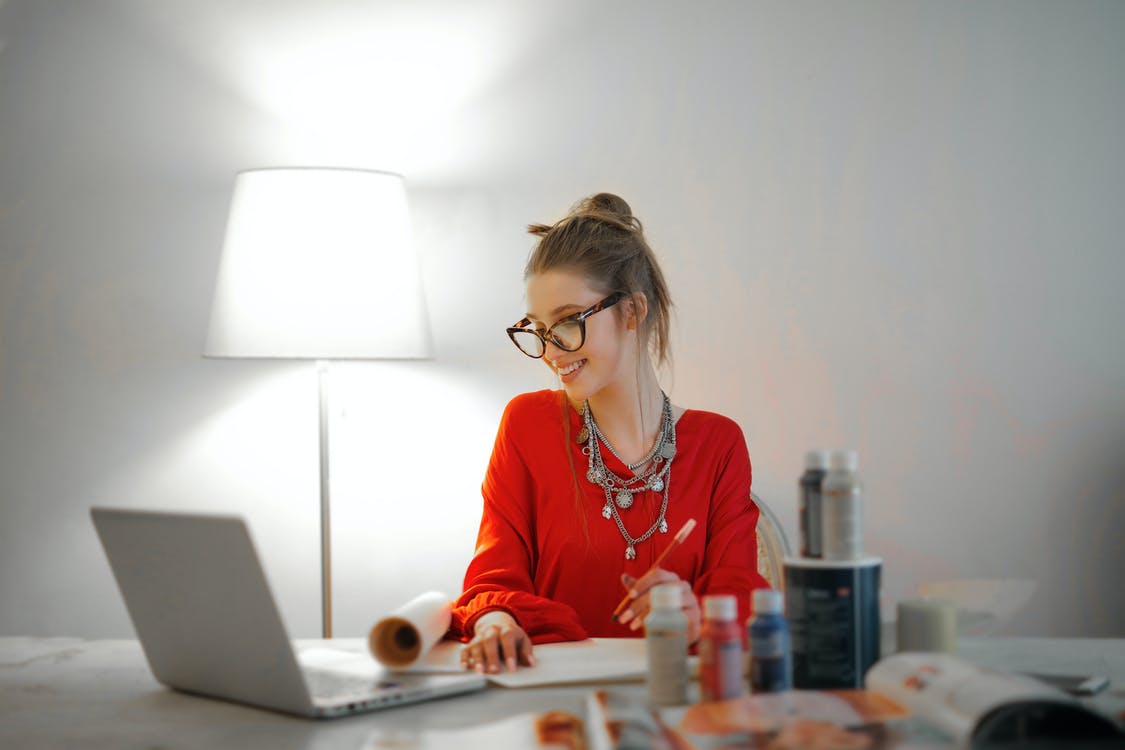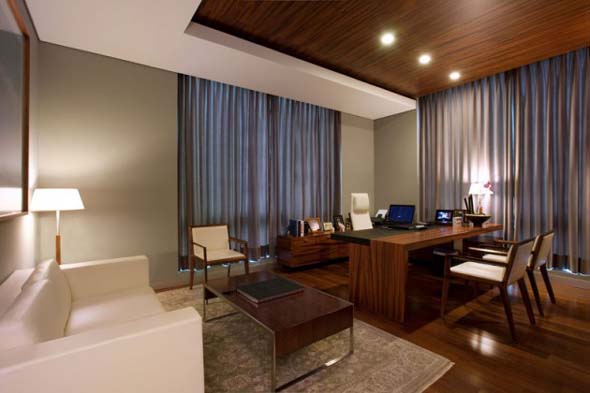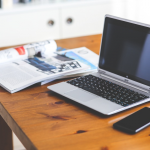Did you realize that the design of your workplace can have a profound effect on your productivity? Whether you work from home or in an office, being able to complete your daily tasks in the most efficient way possible is important. It also helps if your workspace makes you feel happy. Unfortunately, these factors are often overlooked when it comes to designing a workspace. So you don’t fall into the same trap, here are 10 tips to help you get it right.
De-clutter Your Space
Not the most exciting place to start if you want to design a workspace. Nevertheless, it’s the most important. Provide proper storage for paperwork and keep your workspace neat and tidy. If you’ve got a large amount of paperwork or cardboard that needs to be recycled, visit www.balingwiredirect.com so it can be baled up and collected for processing.
Decorate the Walls
Pick something that excites or inspires you to hang on the walks. It might also be something motivational. The color of the walls can also make a difference to your productivity.
Allow for Movement
When you hit a bit of a blind spot and can’t see the wood for the trees, it helps if you’ve got the space to get up and move around. Rest periods improve your productivity and being able to move around lowers stress levels and improves your health.
Introduce Plants
You might be surprised at the difference a plant makes if you’ve got one on your desk or in the office. Research was undertaken by a team in the UK, and it was found that having plants in the office boosted productivity by up to 15%.
Provide Space for Gadgets
We all love our gadgets, but they can be very distracting. When designing your workspace provide storage for your smartphone, tablet or other gadgets, so you don’t get too distracted by them.
Regular Cleaning
Provide plenty of storage so at the end of the day you’re able to leave your workspace looking neat and tidy. Some might say that a messy desk is a sign of a creative mind. However, a tidy desk means you’ll be more productive, which should be your ultimate aim.
Personalize
Being able to personalize your workspace increases your emotional connection with it. There is a fine balance, however, as you want your workspace to be organized and uncluttered.
Lighting
If your workspace is not correctly lit, you’ll find yourself suffering from fatigue, headaches, eyestrain, and general irritability. Natural light is the best, but if that’s not possible use a variety of lamps to illuminate different areas.
Ergonomic Furniture
Having somewhere comfortable to sit and work is vital. Ideally, your feet should be on a footrest or resting on the floor. Your chair should be in a slightly reclined position as this reduces pressure on your spine and reduces lower back pain. If you use a monitor, it should be below or at eye level.
Temperature
The temperature of the room where you work can affect your productivity. It tends to be set at around 65-68 Fahrenheit, but warmer rooms are more beneficial.
There are many other factors you should bear in mind when designing a workspace. Air quality, noise levels, room scents, and the people around you can also influence your productivity.

